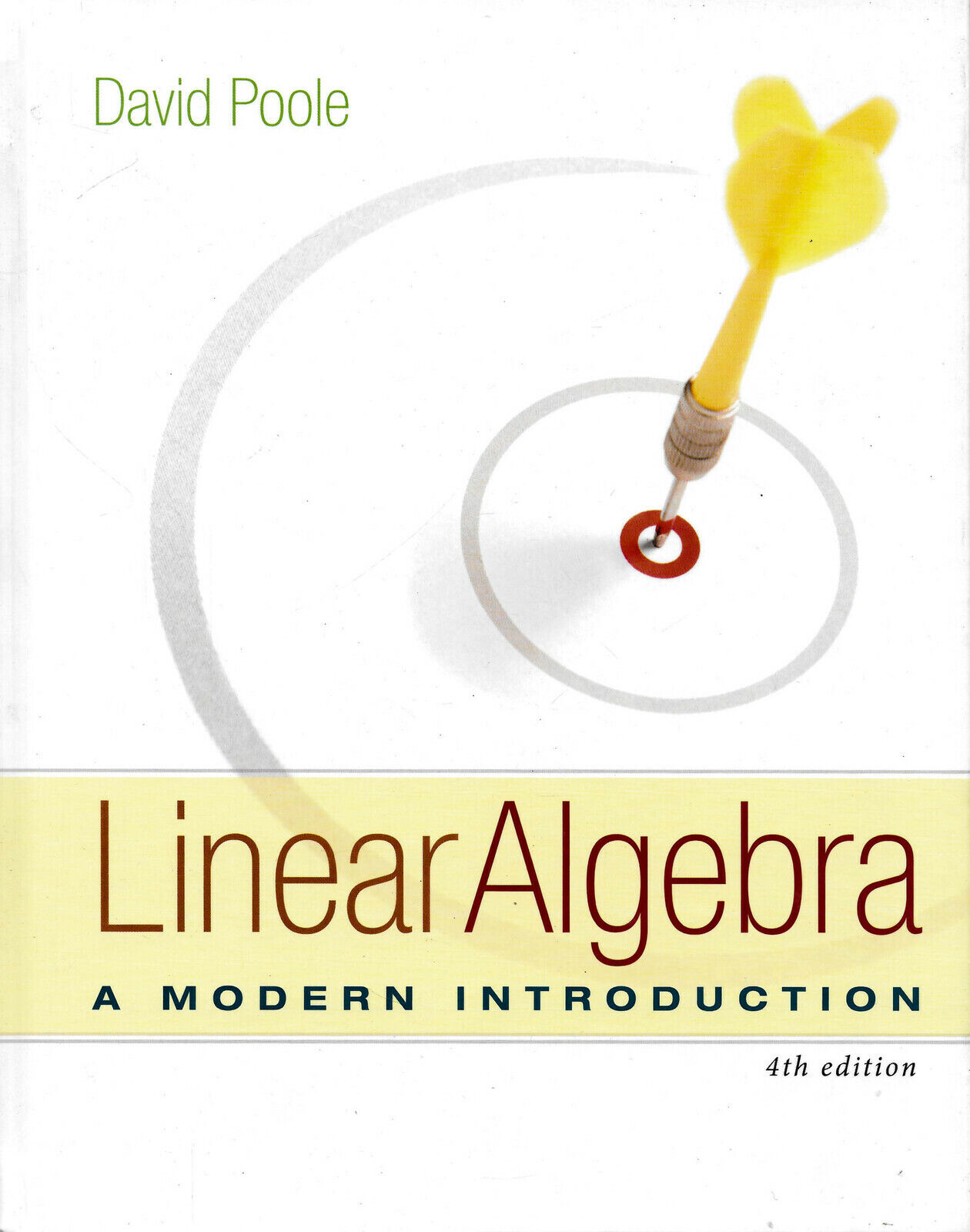Basis and Dimension
- Linear Algebra 1.4

from 「Linear Algebra: A Modern Introduction」: David Poole
Basis
A set $B$ of vectors in a vector space $V$ is called a basis if every element of $V$ may be written in a unique way as a finite linear combination of elements of $B$. The coefficients of this linear combination are referred to as components or coordinates of the vector with respect to $B$. The elements of a basis are called basis vectors.
- $ B \subset V $
- $B$ is linearly independent
- $ \span(B)=V $
An ordering can be done by numbering the basis elements. To emphasize that an order has been chosen, one speaks of an ordered basis, which is therefore not simply an unstructured set, but a sequence; an indexed family.
The same vector can be represented in two different bases (purple and red arrows).
Properties
- $L$: a linearly independent subset of a spanning set $S \sube V$
basis $ \exist B \;\text{s.t.}\; L \sube B \sube V $- This implies that it is possible to make a basis by properly choosing and adding vectors from $V$. The possibility is guaranteed by the axiom of choice.
Dimension
All bases of an arbitrary vector space have the same cardinality, which is called the dimension of vector space.
- $B$ is a basis of $V$ $ \Rightarrow \dim{V}= \card{B} $
- The definition applies equally even when $B$ is an infinite set.
It is so easy to prove that the dimension is well-defined; read Wikipedia for the details.
- Steinitz exchange lemma (for finite dimensions)
- Dimension theorem (for infinite dimensions)
Properties
- $ W \le V \Rightarrow \dim{W} \le \dim{V} $
- For a vector space $V$ on a field $F$,
$ \card{V}= \begin{cases} \card{F}^{\dim{V}} & :\text{finite} \newline \max(\card{F},\dim V) & :\text{infinite} \end{cases} $
